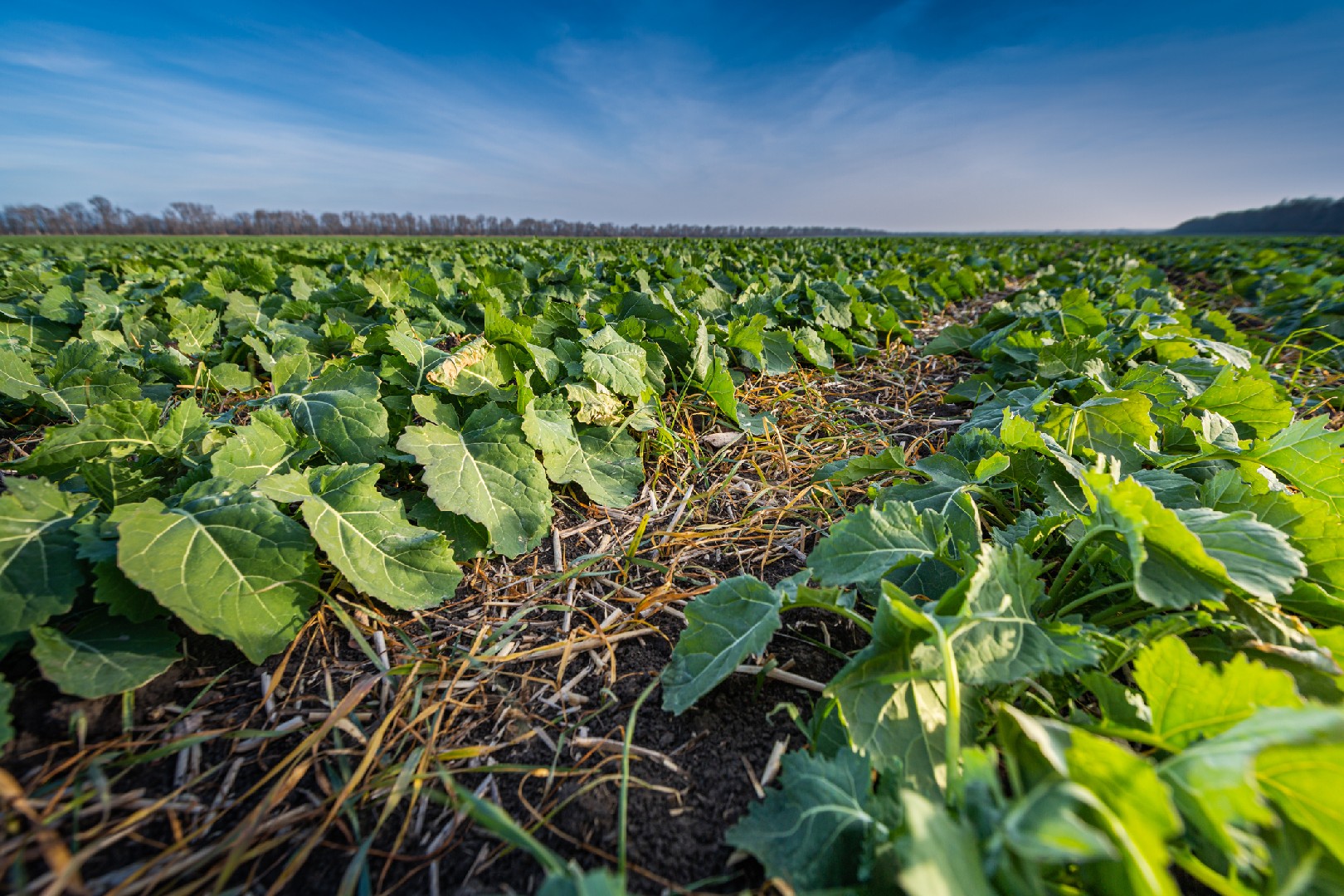![Rectangle]()
Choosing the Right Cover Crops for Your Edible Garden
When it comes to enhancing the soil in your edible garden, cover crops are an invaluable tool. These plants not only help protect the soil from erosion but also enrich it with nutrients, suppress weeds, and attract beneficial insects. However, not all cover crops are created equal. To maximize the benefits of cover cropping in your garden, it is essential to choose the right ones for your specific soil and climatic conditions.
One key consideration when selecting cover crops is the type of soil you have. Different cover crops have different soil requirements. For example, leguminous cover crops, such as clover and hairy vetch, thrive in nitrogen-deficient soils. These crops have the unique ability to fix atmospheric nitrogen into a form that plants can use, thereby improving soil fertility. If your soil is lacking in nitrogen, these nitrogen-fixing cover crops can be a great choice.
On the other hand, if your soil is heavy and compacted, you may want to consider cover crops that have deep roots and can help break up the soil. Plants like daikon radishes or buckwheat have long taproots that can penetrate deep into the soil, improving its structure and drainage. They also scavenge nutrients from deep within the ground, making them available to other plants in your garden.
In addition to soil type, climate also plays a role in determining the suitability of cover crops. Certain cover crops, like oats and ryegrass, thrive in cooler temperatures and are better suited for fall or early spring planting. These crops provide excellent ground cover during the winter months, protecting the soil from erosion and leaching. On the other hand, warm-season cover crops, such as sun hemp and cowpeas, are better suited for summer planting. These crops can tolerate heat and are known for their ability to suppress weeds.
When choosing cover crops, it is also important to consider the needs of your edible garden. If you are planning to grow crops that require high levels of phosphorus or potassium, you can select cover crops like winter rye or buckwheat, which are known for their ability to scavenge and retain these nutrients. Similarly, if weed control is a concern, selecting cover crops with allelopathic properties, such as oats or sorghum-sudangrass, can help suppress weeds and reduce competition for resources.
To sow and maintain cover crops, start by preparing the soil and removing any weeds or debris. Broadcast the seeds evenly across the designated area and lightly rake them into the soil. Water the area thoroughly to ensure good seed-to-soil contact. As the cover crops grow, monitor them for pests or diseases and provide any necessary care, such as watering or fertilizing.
In conclusion, choosing the right cover crops for your edible garden is vital for maximizing the benefits of cover cropping. Consider the specific soil and climatic conditions of your garden, as well as the needs of your crops. By selecting cover crops that are well-suited to your garden's requirements, you can enhance soil fertility, suppress weeds, and improve overall garden health. So why wait? Start experimenting with cover crops in your edible garden and unlock the power of nature's soil enhancers today!





